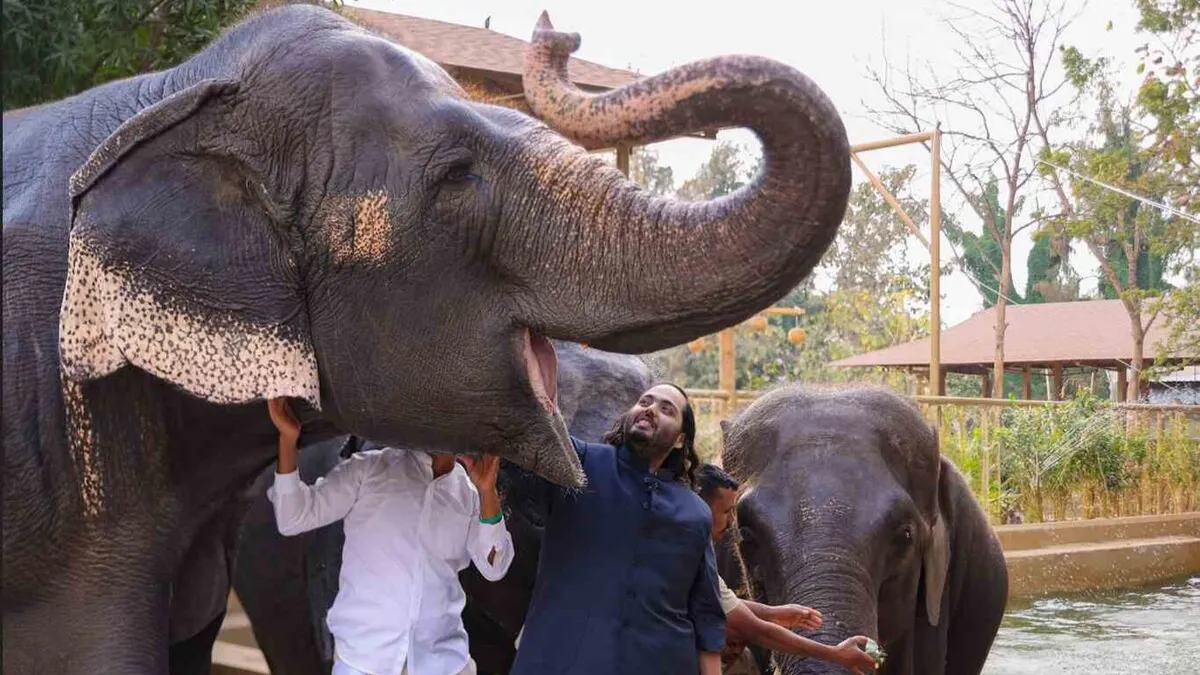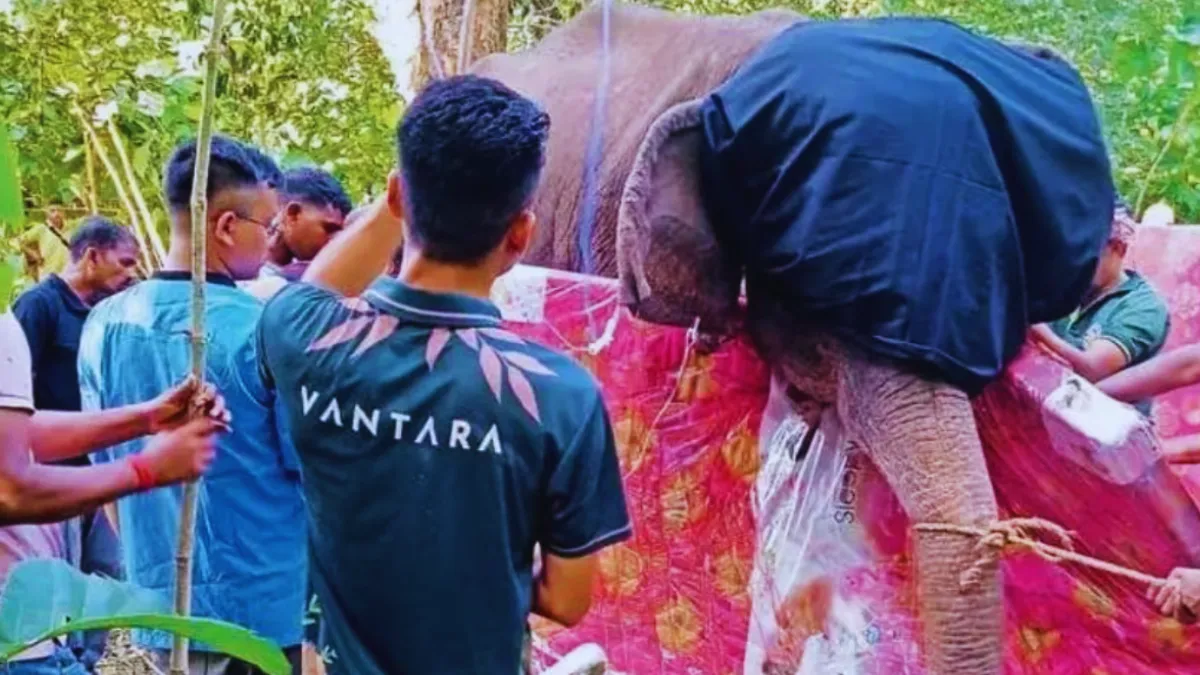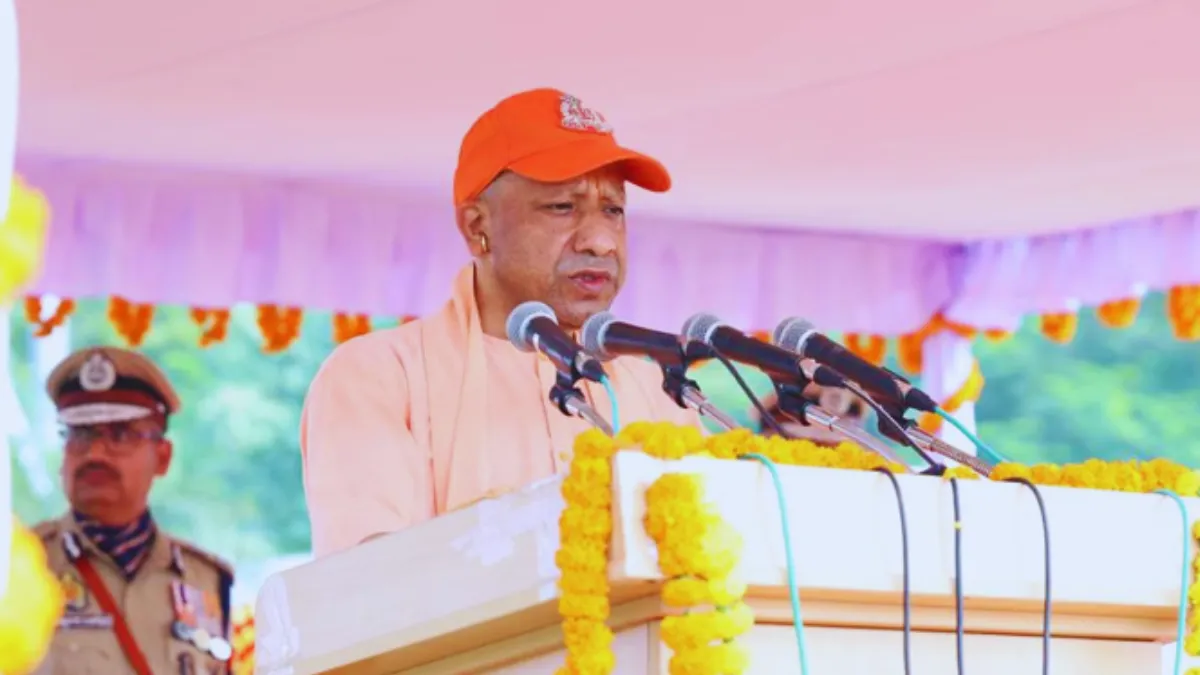Vantara India is emerging as one of the most ambitious and transformative wildlife conservation initiatives in the world. Established in Jamnagar, Gujarat, this project is not just another zoo or safari park—it is a sanctuary dedicated to animal rescue, rehabilitation, and long-term conservation. Backed by Reliance Industries and Reliance Foundation under the vision of Anant Ambani, Vantara India represents a new model of how corporate social responsibility can create meaningful impact on biodiversity preservation.
From providing a safe haven for thousands of rescued animals to setting global benchmarks in veterinary care, Vantara India is shaping the future of wildlife protection in the country and beyond. In this article, we will explore its history, mission, unique features, and why it is being hailed as a game changer in the conservation world.
What is Vantara India?
Vantara India is a state-of-the-art wildlife rescue, rehabilitation, and conservation center spread across more than 3500 acres in Jamnagar, Gujarat. The word “Vantara” means “Star of the Forest,” and the facility lives up to its name by creating an oasis for animals in need. Unlike conventional zoological parks, which are primarily designed for recreation and display, Vantara India’s focus lies in welfare and long-term care of animals.
With over 2,000 rescued animals belonging to more than 40 species, Vantara India offers a second chance to creatures that have suffered from trafficking, injuries, neglect, or habitat loss. It combines modern veterinary practices, advanced research facilities, and naturalistic enclosures to ensure holistic care.
Vision and Mission of Vantara India
The core vision of Vantara India is simple yet powerful:
- To rescue and rehabilitate distressed wildlife
- To provide lifelong care for animals that cannot return to the wild
- To conduct research and promote biodiversity conservation
- To create awareness about coexistence and sustainable living
This initiative aligns with India’s growing commitment toward wildlife conservation and addresses pressing issues such as illegal wildlife trade, poaching, and shrinking habitats.
Key Features of Vantara India
Vantara India stands out not just because of its size, but because of its innovative approach to animal welfare. Some of its most remarkable features include:
- Expansive Natural Habitats – Animals are housed in large, eco-friendly enclosures that mimic their natural environments rather than in cages.
- World-Class Veterinary Hospital – Equipped with advanced diagnostic tools, surgical theaters, and intensive care units, the hospital ensures animals receive the best medical treatment.
- Wildlife Rehabilitation Programs – Specialized care units work on helping rescued animals regain health and confidence, with the goal of reintroduction whenever possible.
- Biodiversity Research Center – Scientists and conservationists collaborate to study genetics, breeding, and habitat restoration.
- Green and Sustainable Infrastructure – Solar energy, water recycling, and eco-friendly construction methods make the facility a sustainable model.
Why Vantara India Matters
The importance of Vantara India goes beyond providing shelter to animals. It represents a paradigm shift in how India addresses conservation. Here’s why it is significant:
- Rescue from Exploitation: Many animals housed here were once victims of circuses, illegal pet trade, or neglect. Vantara India offers them dignity and safety.
- Biodiversity Preservation: With habitat loss accelerating globally, sanctuaries like Vantara ensure endangered species are protected.
- Educational Value: The initiative raises awareness about conservation, inspiring people to respect and protect wildlife.
- Global Benchmark: By adopting international standards of animal care, Vantara India is putting India on the global conservation map.
Animals at Vantara India
From exotic big cats to rare herbivores, Vantara India houses a wide range of species. While the exact list is expanding, the center is known to shelter lions, tigers, elephants, leopards, antelopes, and several exotic species that were rescued from harsh conditions.
The emphasis here is not on creating a spectacle for visitors but ensuring the well-being of animals that otherwise would not survive in the wild.
Table: Quick Facts About Vantara India
| Feature | Details |
|---|---|
| Location | Jamnagar, Gujarat, India |
| Area | Over 3500 acres |
| Established By | Reliance Industries & Reliance Foundation |
| Key Visionary | Anant Ambani |
| Number of Animals | 2,000+ (across 40+ species) |
| Focus Areas | Rescue, Rehabilitation, Research, Conservation |
| Facilities | Veterinary hospital, natural enclosures, research labs |
| Unique Aspect | Largest animal rescue and rehabilitation center in India |
Vantara India and Global Conservation Efforts
Globally, sanctuaries such as the Sheldrick Wildlife Trust in Kenya or the Born Free Foundation in the UK have been pivotal in wildlife protection. Vantara India now joins this league by combining scale, scientific innovation, and compassion.
It also highlights how corporate-driven conservation can bridge the gap between government initiatives and NGO efforts. By leveraging Reliance’s resources and expertise, Vantara India has set a new benchmark for large-scale conservation in Asia.
The Role of Anant Ambani in Vantara India
At the heart of this project is Anant Ambani, whose personal passion for wildlife shaped the vision of Vantara India. Unlike many CSR initiatives that remain symbolic, this project reflects genuine dedication. Anant Ambani has often emphasized the need for human-animal coexistence, ensuring that animals in distress are given not just medical treatment but a life of dignity.
His involvement has brought both attention and credibility to the project, ensuring it is not just a local effort but one with global resonance.
Impact on Local Communities
Vantara India is also contributing to the socio-economic fabric of Jamnagar and nearby regions. By creating jobs in animal care, veterinary services, research, and eco-tourism, the center supports livelihoods while promoting conservation-friendly practices.
Additionally, educational outreach programs help local schools and communities understand the importance of preserving biodiversity. This community involvement is key to long-term success, as true conservation requires grassroots support.
Future Goals of Vantara India
Looking ahead, Vantara India aims to:
- Expand its rescue operations across India and neighboring countries.
- Collaborate with international conservation organizations for genetic studies and breeding programs.
- Develop global standards for ethical animal care.
- Promote eco-tourism in a controlled and responsible manner.
- Strengthen awareness campaigns to combat wildlife trafficking.
With these goals, Vantara India is expected to become not just a national pride but a global reference point for conservation.
Also read:PM Modi Trump May Meet Soon: US Official Highlights Strong Ties Despite Trade Disputes
How Vantara India Inspires Sustainable Living
Beyond animal welfare, the project subtly sends out a bigger message—humans must learn to live in harmony with nature. By adopting green technologies, sustainable construction, and resource recycling, Vantara India showcases how large-scale projects can be environmentally responsible.
It inspires individuals and businesses to rethink their impact on the planet and take actionable steps toward sustainability.
Conclusion
Vantara India is more than just a sanctuary—it is a movement. It blends compassion, science, and sustainability to redefine how wildlife conservation can be practiced in the 21st century. From saving animals that were once voiceless victims of exploitation to inspiring a new wave of ecological responsibility, Vantara India stands as a shining example of hope.
As the project grows, it will not only protect thousands of animals but also encourage people worldwide to respect and preserve the natural world. For India, Vantara is not just a facility—it is a proud symbol of its commitment to being a global leader in conservation.



















